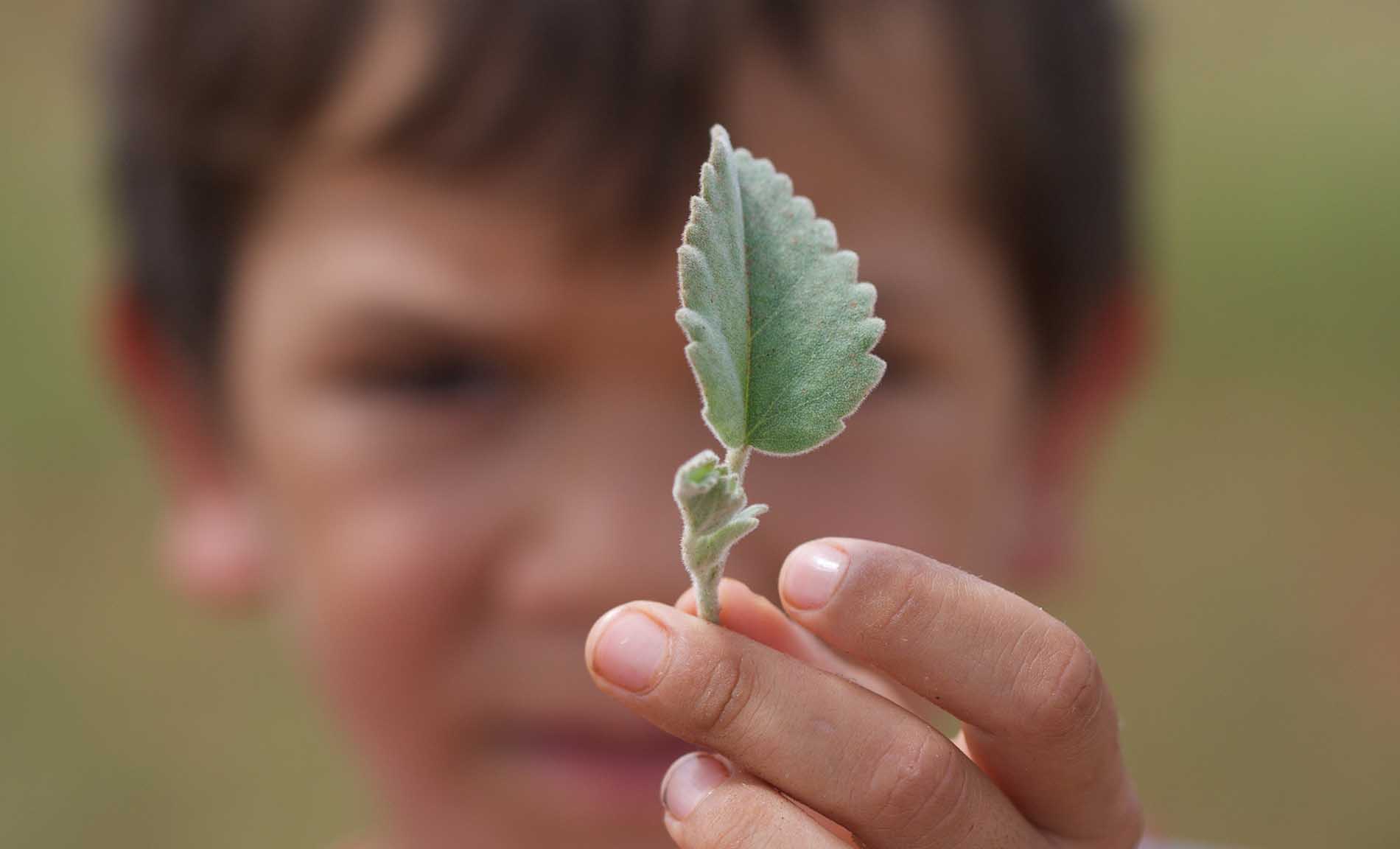Our Yindjibarndi ancestors were created with our environment and we were given responsibility to care for all that lives on our earth by the Marrga Creation Spirits. Ensuring that plants flourish is central to the lives of animals, birds, fish, and reptiles and Ngaardangarli, who are themselves part of the seasonal, annual and long term inter-dependent relationships of life on this world. Yindjibarndi have always had an intimate, deep and abiding ethno-botanical knowledge of the needs of the many plants that are our responsibility, and which in turn support all life, providing food sources, shelter and medicines to our people and the other living creatures that inhabit our environment.
We have known the importance and value of our flora since the beginning of time. For 50,000 years, every generation has passed on the skills of survival using nature’s materials down through 2,000 generations via demonstration, song, story and memory. As climate changed our ability to thrive depended upon careful observation, creative adaptation, ritual and ceremonial practices and the careful management of our grasses, shrubs, trees, water sources and top soil.

Our flora has sustained our people by providing a significant part of our traditional diet and the diet of animals, birds, fish and reptiles that we hunted, as well as providing the medicines that cure infections, heal wounds and promote health and well-being. Plants provided us with seasonally varied seeds, fruits, berries, sources of honey and gums; they provided shelter, wood for making fire and logs for fishing the deep yinda. Wood was cut and carved to create implements and weapons; grasses were used to create rope and string, and for weaving baskets and fishing nets, and plants provided materials for making ornaments and decoration for ceremonies and other personal purposes.
Grinding stones and artefacts are scatter across our tablelands give evidence to the lives, camping and ceremonial grounds of our ancestors and old people, and our inherited songs, dances, stories, knowledge and memories are rich with our Yindjibarndi knowledge and deep appreciation of our flora.

Our plants are integral to our culture and our relationships with our world. People, plants and animals are inter-related and mutually supporting. Our important plants are incorporated in our Galharra. We sing plants into life in the Burndud Law song cycle and in thalu increase rituals, and our Old People drove Rain and Sun thalu to ensure the survival of all living things. Today, we are reminded and teach our children about the importance of plants in our culture, to our country and its animal inhabitants. We still collect and eat plant foods and use the jami of plants to heal sickness and take ourselves into our country to experience the pleasure of being among the unique plants that inhabit different places – the rivers, gullies, tablelands, hills and flats that are part of our tableland country to alleviate the stresses of modern life. We follow the seasonal pathways and fruiting that are known to us in our hot arid environment where every plant has its own requirements.
We map our environmental and cultural knowledge, carry out plant thalu rituals and provide knowledge of our plants to others, and our Yindjibarndi Ngurrawaana Rangers work with fire and preserve our ecology and access to water.

Between 2002 and 2004, guided by 17 Elders, Juluwarlu recorded our Yindjibarndi knowledge, uses and names of more than 160 plants found on our country, and published Wanggalili: Yindjibarndi and Ngarluma Plants in 2005.













